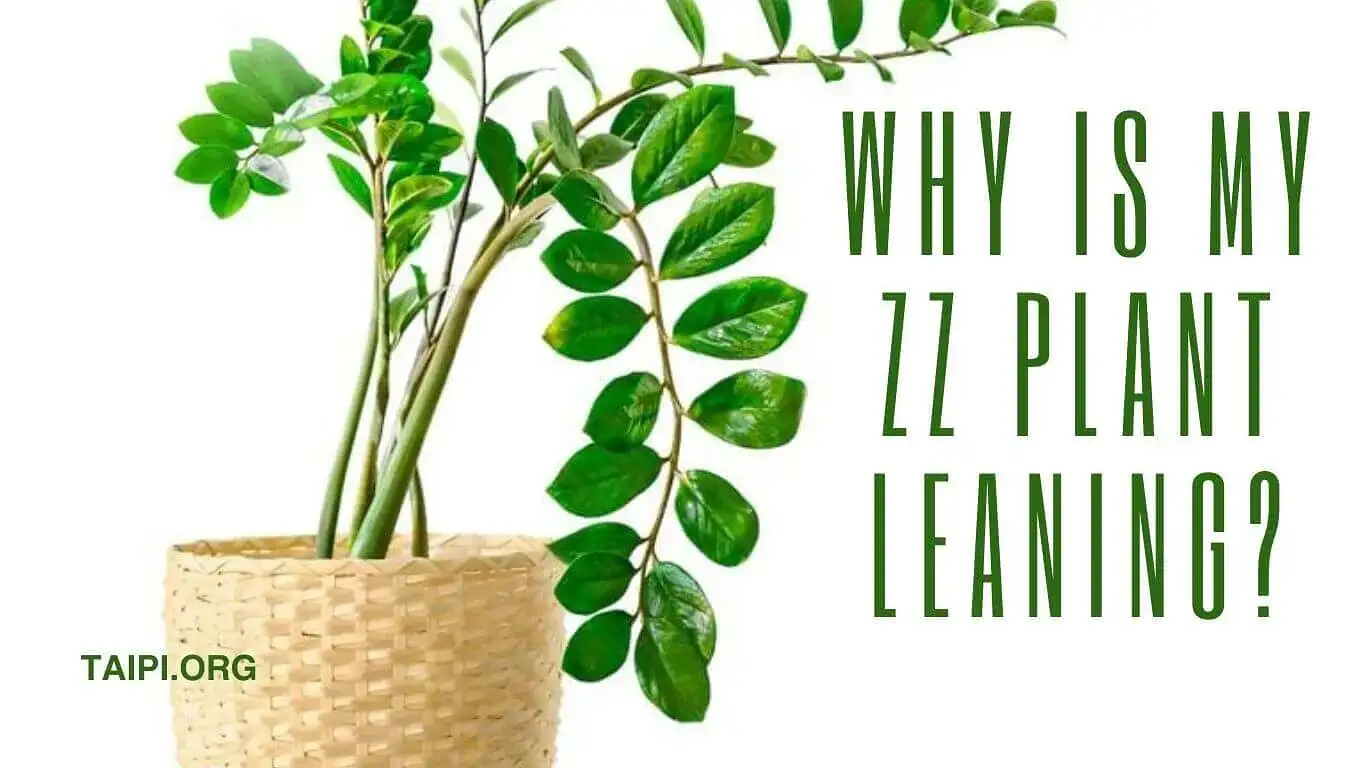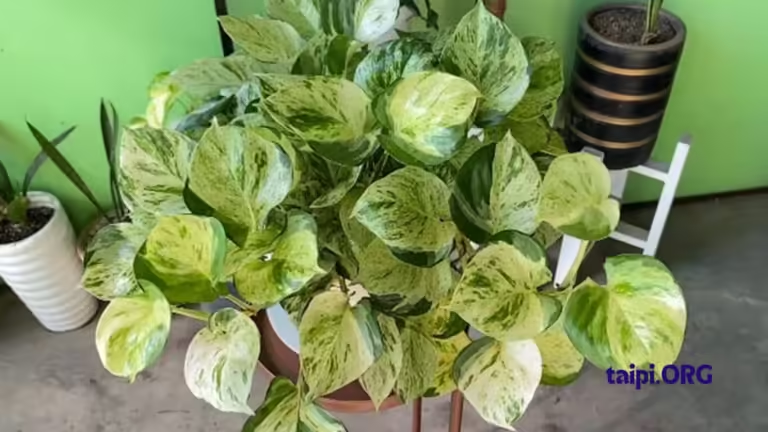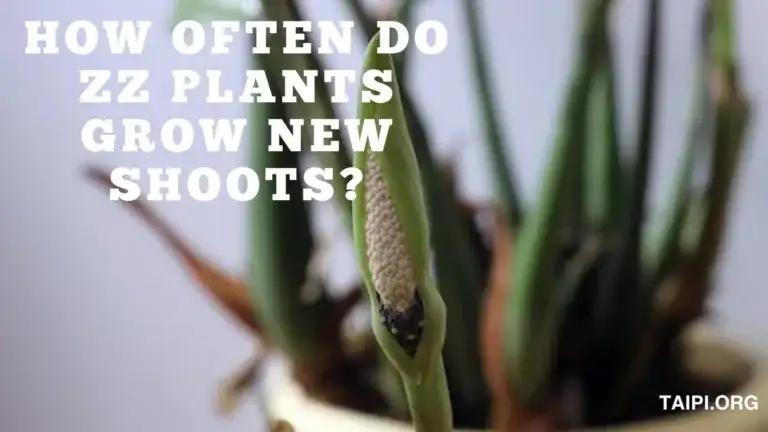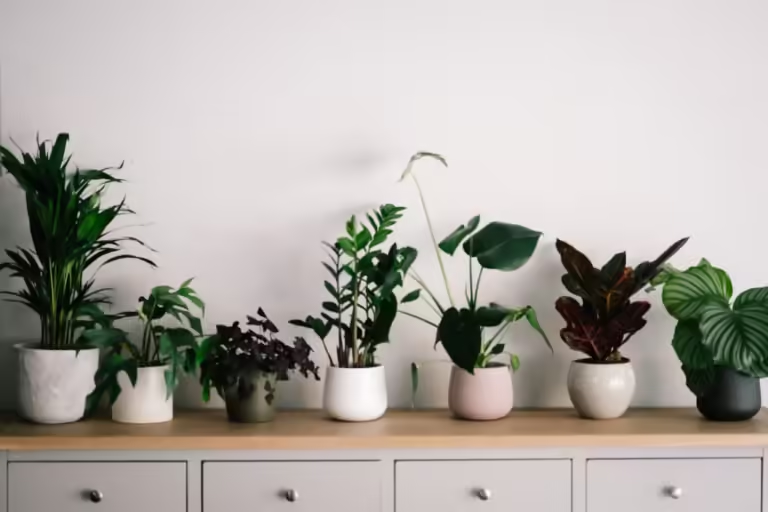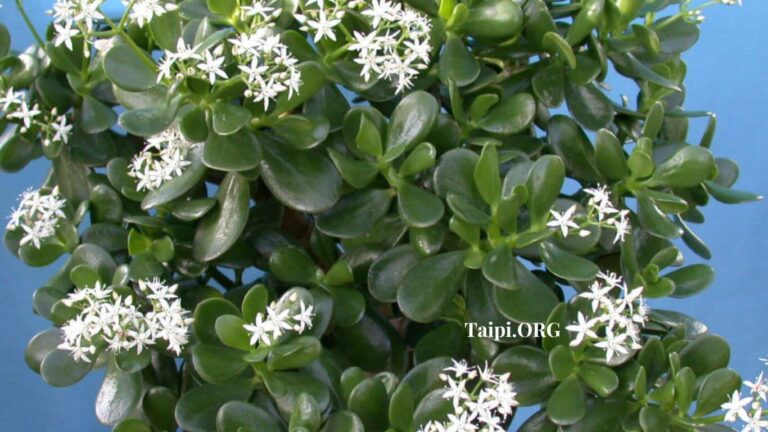Why is My ZZ Plant Leaning?
HAVE you noticed a strange thing on your Zanzibar Gem lately and wondered, why is my ZZ plant leaving over? Relax! I have the answer to your question.
Your ZZ plant may be leaning over due to inadequate light exposure, uneven watering, or a need for repotting. Insufficient light can cause it to grow lopsidedly towards the light source.
Compare: Why is My ZZ Plant Drooping?
Besides, uneven watering may lead to root rot, weakening the plant’s structure.
While repotting can address issues related to compacted soil or root-bound conditions, you need a wholesome approach to salvage your Emerald Palm from leaning over.
Anyway, that is why you are here – to learn what causes your ZZ plant to lean over and how you can fix the issue.
6 Reasons Why Your ZZ Plant is Leaning Over
Now that you have a sneak view, let’s look at the six main reasons your Eternity plant is leaning over.
1. Light Exposure
Insufficient light is a common reason for ZZ plants to lean. These hardy plants thrive in indirect light but can tolerate low light conditions.
However, if you place your ZZ plant in areas with inadequate light, the plant will tend to grow towards the nearest light source, resulting in a leaning appearance.
2. Watering Practices
Uneven watering can also cause your ZZ plant to lean. Overwatering leads to soggy soil and root rot, weakening the plant’s stability and causing it to tilt.
Conversely, underwatering can result in drooping leaves and stunted growth, indirectly affecting the plant’s posture.
Make sure you check how an underwatered and overwatered ZZ plant looks like.
3. Pot Size and Root Bound Conditions
Another factor that contributes to a leaning ZZ plant could be its pot size and root-bound conditions.
As ZZ plants grow, their roots may outgrow their current container, becoming tightly packed and restricting further growth. This can lead to instability and tilting.
4. Environmental Factors
Environmental conditions such as temperature fluctuations and humidity levels can impact the growth and posture of your ZZ plant.
Sudden changes in temperature or exposure to drafts can stress the plant, causing it to lean or droop.
5. Pruning and Maintenance
Regular pruning and maintenance play a crucial role in keeping your ZZ plant upright and healthy. Contrastingly, if you fail to remove any dead or yellowing leaves, they will overburden the plant with unnecessary weight.
In the end, the plant will lean toward the weighty leaves.
6. Supportive Measures
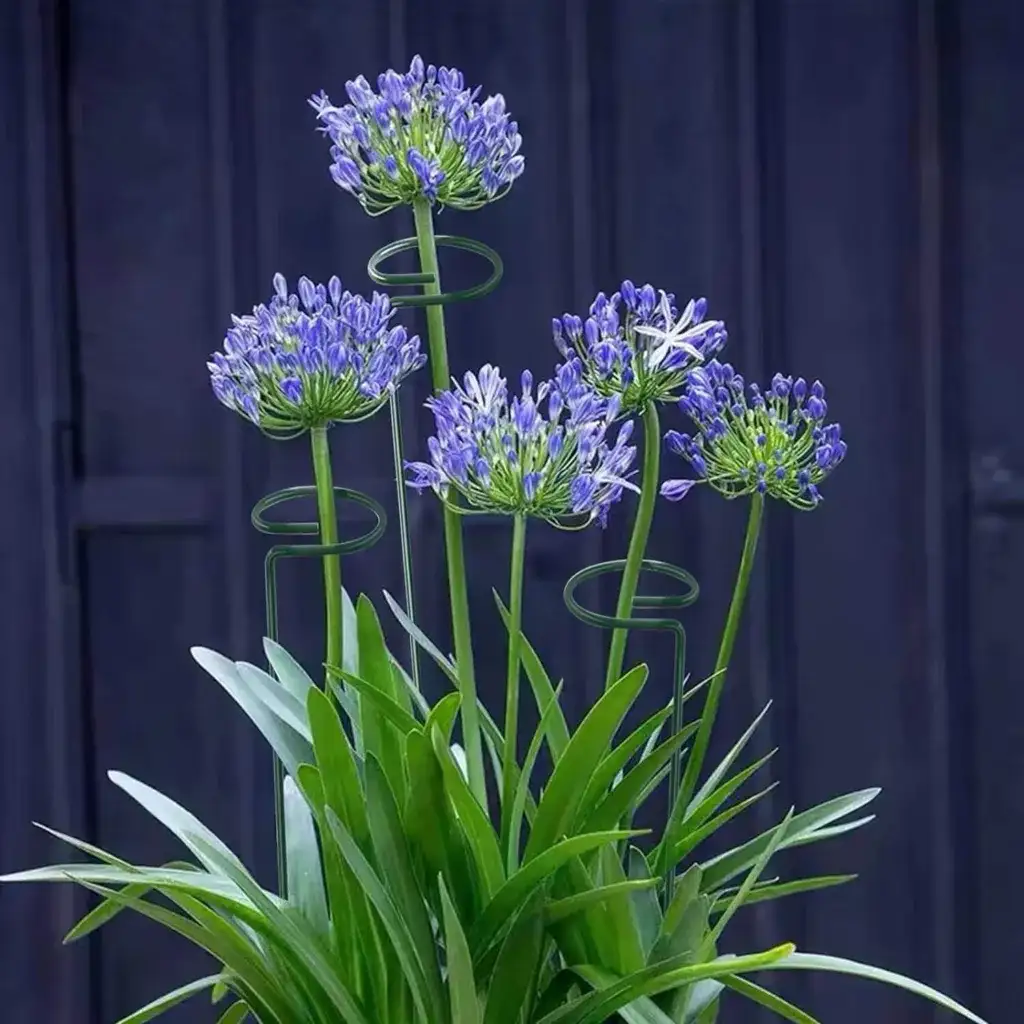
In cases where your ZZ plant leans significantly, chances are it lacks support or it has outweighed the support.
Providing additional support (shown above ⬆) can help straighten its posture. Inserting a stake or bamboo pole into the soil near the base of the plant can provide stability and encourage upward growth.
Secure the plant to the support gently using soft ties or twine, being careful not to constrict its growth or cause damage to the stems.
Related: How to Get Snake Plant to Grow Straight
How to Fix a Leggy ZZ Plant
To remedy a leggy ZZ plant, rectify the mistakes that led to its condition in the first place. Vigilance and proper care are paramount to restoring its vigor and lushness.
Rectify Light Insufficiency
Begin by ensuring your ZZ plant receives ample light, adheres to a consistent fertilizing regimen, and avoids the pitfalls of over or under-watering.
Insufficient light often triggers leggy growth in ZZ plants. When deprived of adequate light, they stretch towards available sources, resulting in uneven growth and thin stems.
To combat this, position your plant near a window with indirect sunlight. Rotating the plant during watering ensures uniform light exposure, fostering balanced growth on all sides.
Prune for Rejuvenation
Pruning is indispensable for rejuvenating not just a leggy ZZ plant but all houseplants.
Even after recovery, regular trimming maintains its aesthetics and encourages upright growth.
Use scissors to trim tall shoots above the leaves, stimulating robust growth and a fuller appearance.
Fertilize for Vitality
ZZ plants rely on fertilizers for optimal growth, supplying essential nutrients for health and vitality. Lack of nutrients due to infrequent repotting may contribute to legginess.
Choose a suitable fertilizer and adhere to recommended dosage guidelines to prevent over-fertilization, which can harm the plant.
Water Like a Pro
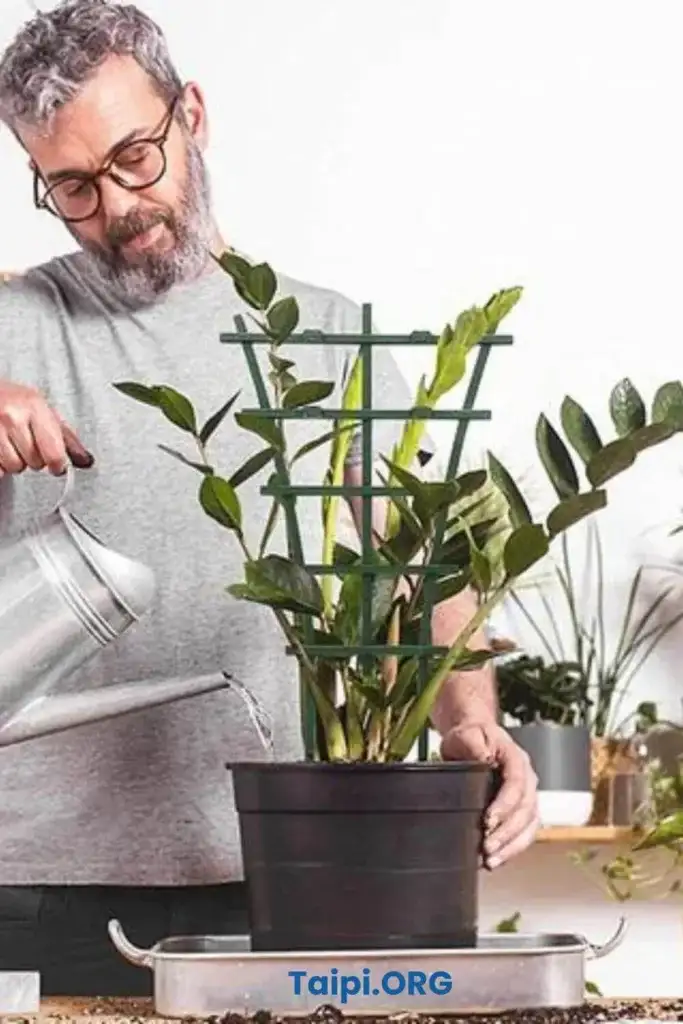
Watering practices significantly impact ZZ plant health. Overwatering and underwatering can both lead to leggy growth and other issues.
Establish a consistent watering schedule, adjusting frequency based on environmental factors. Ensure proper drainage to prevent waterlogging, allowing the soil to dry out between waterings.
Pot Selection Matters
Pot selection influences the health and growth of your ZZ plant. Inadequate drainage or small pots can hinder root development and promote leggy growth.
Go for pots with ample drainage holes and sufficient space for root expansion to support healthy growth.
You can check out this list of the best pots for indoor plants.
Watch Out Your Pruning Techniques
Pruning is a simple yet effective method to address leggy growth in ZZ plants.
Remove yellowing leaves and trim excessively long stems to redirect the plant’s energy towards healthy growth. Discard dead or dying stems at the soil level to prevent further deterioration.
Why is My ZZ Plant Leaning FAQs
Q: Why is my ZZ plant leaning towards one side?
A: ZZ plants may lean towards one side due to inadequate light exposure. Insufficient light prompts the plant to stretch towards the nearest light source, resulting in uneven growth and a leaning appearance.
Q: How can I fix my ZZ plant that is leaning excessively?
A: To address a leaning ZZ plant, consider adjusting its position to ensure it receives adequate indirect sunlight from all sides. Rotate the plant periodically during watering to promote balanced growth. Additionally, providing support such as stakes or bamboo poles can help straighten the plant’s posture over time.
Q: Is overwatering a common cause of ZZ plant leaning?
A: Overwatering can contribute to ZZ plant leaning by causing root rot, weakening the plant’s stability. Ensure proper drainage in the pot and allow the soil to dry out between waterings to prevent waterlogged conditions that may lead to leaning and other issues.
My Final Thoughts on Why is My ZZ Plant Leaning
As seen your ZZ plant may lean because of inadequate light exposure, poor watering practices, a small pot, and environmental factors among other reasons.
By addressing these factors and implementing appropriate care practices, you can help your ZZ plant regain its balance and thrive in its environment.
Observing your plant’s behavior and responding promptly to its needs will ensure long-term health and vitality.

